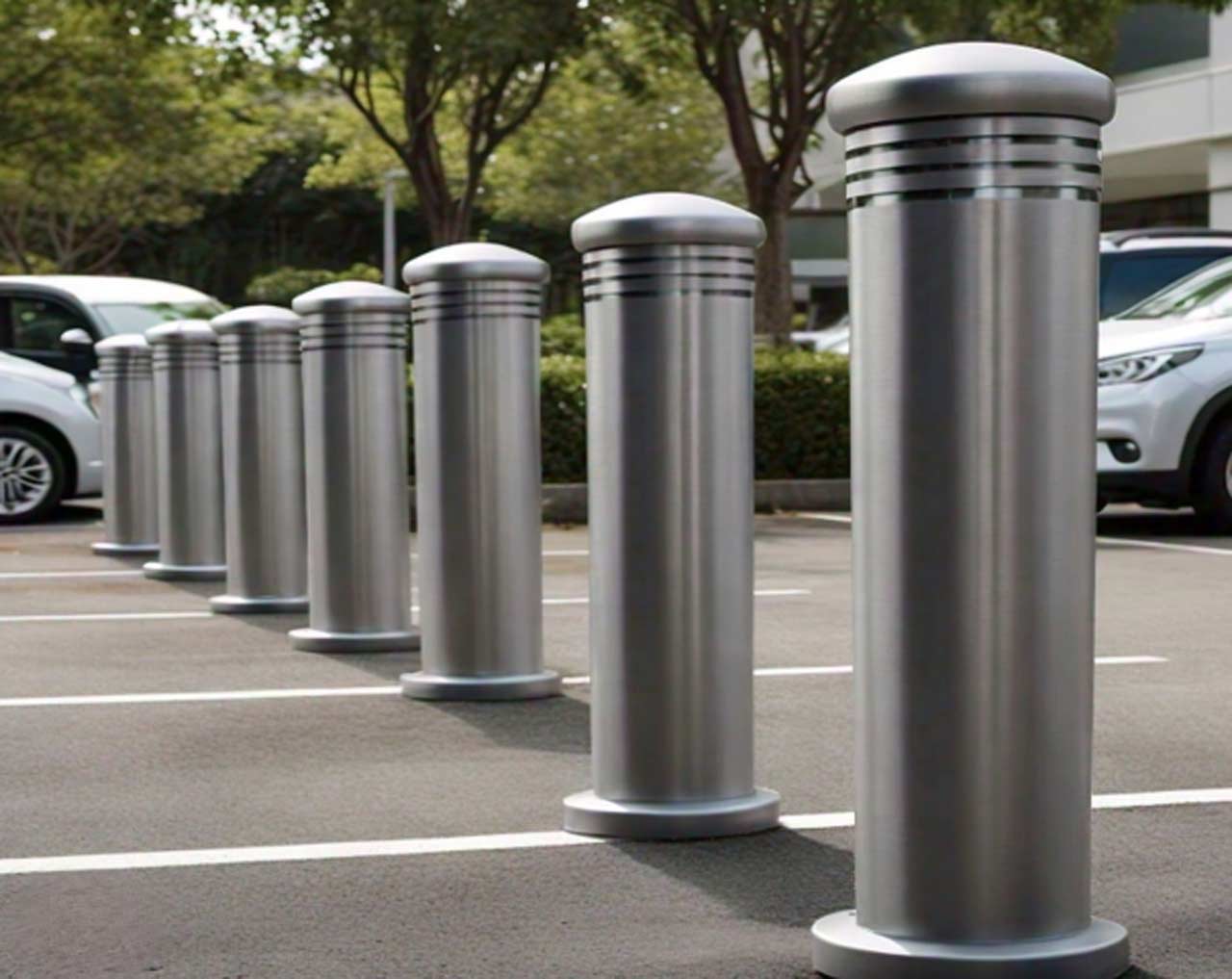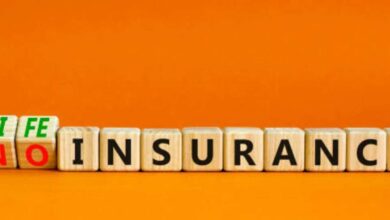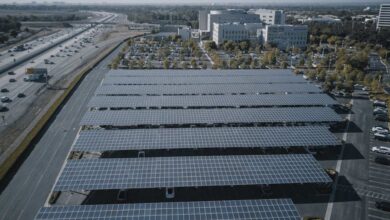Bollards are upright, cylindrical posts that serve as a physical barrier to regulate vehicle access and direct traffic flow, providing a visible and effective means of controlling the movement of vehicles in various settings. They are a common sight in parking lots, public spaces, and at the entrances of commercial buildings, where they play a crucial role in maintaining order and ensuring safety by preventing vehicles from entering restricted areas or accessing sensitive locations.
Made from a range of materials, including steel, concrete, and plastic, bollards can be either permanent fixtures or designed for easy removal or retraction, offering flexibility and adaptability to suit different needs and environments. Their sturdy construction and strategic placement enable them to withstand the rigors of regular use, including exposure to the elements and potential impacts, while their varied designs allow them to blend seamlessly into different environments, making them a practical and aesthetically pleasing solution for managing vehicle traffic and enhancing security. In addition to controlling vehicle access, bollards also provide a visible deterrent against reckless driving and wayward parking. By clearly defining boundaries and restricting access, they help to prevent accidents and minimize the risk of damage to property and surrounding infrastructure.
In addition to controlling vehicle access, bollards also provide a visible deterrent against reckless driving and wayward parking. By clearly defining boundaries and restricting access, they help to prevent accidents and minimize the risk of damage to property and surrounding infrastructure.
Installing bollards around your business premises offers a robust and adaptable security solution, providing a strong deterrent against vehicle-related threats. With various types of bollards available, you can choose the ideal solution to match your specific needs and security requirements. The diverse range of bollards includes:
– Fixed Bollards: Permanent and immovable, ideal for high-security areas where access control is paramount, such as sensitive infrastructure or high-risk facilities.
– Collapsible Bollards: Retractable when access is needed, suitable for areas with changing access requirements, like delivery zones, emergency entrances, or events spaces.
– Hydraulic Bollards: Powered by hydraulics, they can be raised or lowered as needed, often used in high-traffic areas like parking lots, main entrances, or busy streets.
– Removable Bollards: Can be taken out when not in use, convenient for temporary access control, events, or construction sites where flexibility is essential.
– Automatic Bollards: Equipped with sensors and motors, they rise and fall automatically to control access, providing a high-tech solution for secure facilities, like government buildings, data centers, or financial institutions.
In addition to using bollards to block vehicle access, businesses can take a comprehensive approach to secure their property. This may involve installing security gates to control access, deploying cameras and alarms to detect and deter potential threats, and hiring security guards to patrol the area and respond to incidents. To develop an effective security strategy, businesses should assess their specific needs and risks, considering factors such as the type of business, its location, and potential vulnerabilities. By working with a security professional, businesses can design a customized security plan that addresses their unique concerns and helps to prevent accidents, damage, and other security breaches.
Overall, incorporating bollards into a comprehensive security strategy can be a highly effective way to safeguard your business from the risks of vehicle-related attacks and accidents. Bollards offer a robust and adaptable solution, providing a physical barrier that can withstand significant impact. Their durability and versatility make them an ideal choice for businesses seeking to enhance their security posture. Moreover, bollards can be customized to meet the unique needs of your business, from fixed and permanent installations to retractable and removable options. By selecting the appropriate type of bollard and integrating them into a broader security plan, businesses can enjoy enhanced protection, reduced risk, and a safer environment for employees, customers, and assets.







